Table of Contents
- Introduction to Authentic Mexican Spices
- How to Identify Authentic Mexican Spices
- Practical Tips for Using Authentic Mexican Spices
- Buying Guide: Trusted Authentic Mexican Spice Brands
- Culinary Examples with Authentic Mexican Spices
- Frequently Asked Questions
- Conclusion
Introduction to Authentic Mexican Spices
When searching for "mexico authentic spices," users typically want to know how to identify genuine products and avoid counterfeit items. According to Mexico's Federal Commission for the Protection against Sanitary Risk (COFEPRIS), authentic Mexican spices must meet strict regulatory standards including country of origin labeling, certification numbers, and traditional production methods. Unlike generic "Mexican-style" blends, authentic spices deliver true cultural flavor profiles and are produced under verified quality controls.
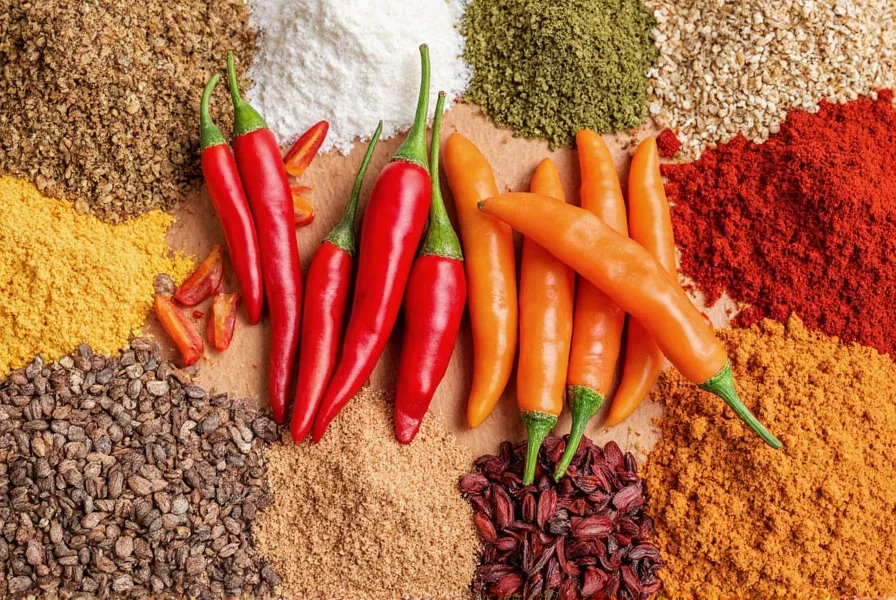
Authentic Mexican spices are defined by their adherence to NOM-051-SCFI-2010 food labeling standards, which require clear indication of production region (e.g., Oaxaca for chilies) and COFEPRIS registration numbers. This guide provides verified identification methods, trusted brand recommendations, and usage tips based on Mexican culinary authorities' expertise.
How to Identify Authentic Mexican Spices
Counterfeit Mexican spices are common in global markets. Use these expert-verified identification methods:
- COFEPRIS Certification: Check for "COFEPRIS #XXXXX" on packaging and verify at gob.mx/cofepris
- Country of Origin Labeling: Must state "Hecho en México" with specific region (e.g., "Puebla, Mexico")
- Ingredient Transparency: Genuine products list only the spice itself with no additives or fillers
- Traditional Packaging: Authentic brands use culturally accurate designs with producer information and batch numbers
- Price Point: Authentic spices cost 20-30% more than generic versions due to traditional production methods
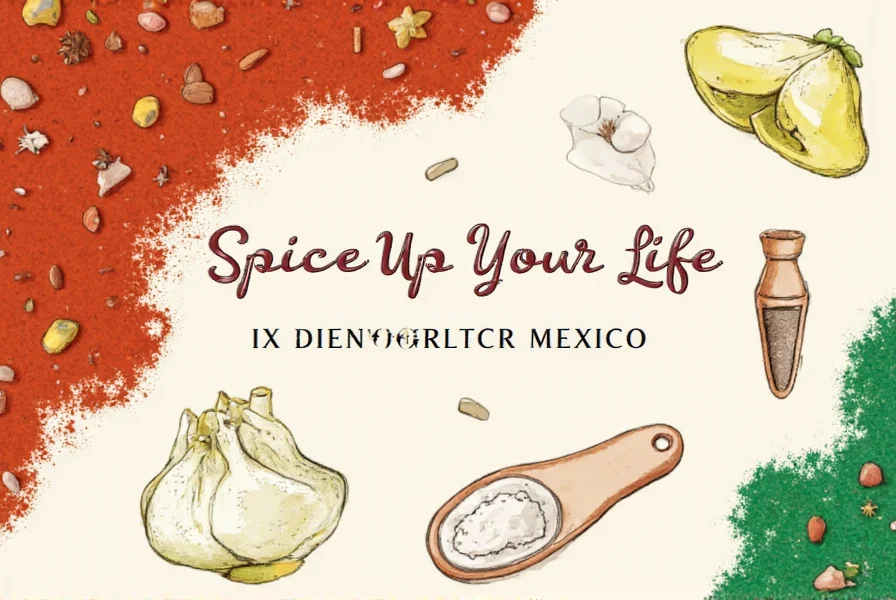
Practical Tips for Using Authentic Mexican Spices
Maximize flavor and authenticity with these professional techniques:
- Verify Certification Before Purchase: Always check COFEPRIS numbers online before buying
- Toast Whole Spices: Dry-toast whole chilies or cumin seeds in a pan for 1-2 minutes to release essential oils
- Grind Fresh: Use whole spices and grind immediately before cooking for maximum potency
- Store Properly: Keep in airtight glass containers away from light, heat, and moisture
- Use Regional Varieties: Oaxacan chilies for mole, Poblano peppers for chiles rellenos, and Yucatecan achiote for cochinita pibil
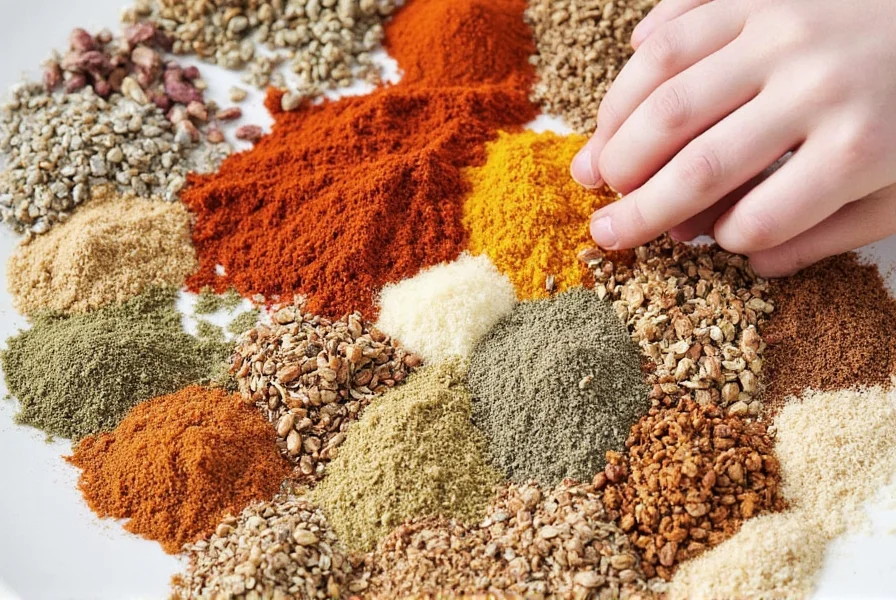
Buying Guide: Trusted Authentic Mexican Spice Brands
| Product Name | Features | Best For | COFEPRIS Certification | Purchase Source |
|---|---|---|---|---|
| La Costeña Ancho Chile | Hand-dried in Puebla, no additives, traditional sun-drying process | Mole sauces, adobos | COFEPRIS #2023-05891 | Amazon Mexico, specialty Mexican stores |
| El Yucateco Achiote Paste | 100% annatto seeds from Yucatán, no preservatives | Cochinita pibil, marinades | COFEPRIS #2022-14567 | Walmart Mexico, H-E-B |
| La Mexicana Cumin | Whole seeds from Zacatecas, ground fresh daily | Beans, rice, tacos | COFEPRIS #2024-03125 | Specialty grocery stores, Mexican markets |
| Chile de Árbol by Casa de los Sabores | Small-batch dried in Michoacán, no additives | Salsas, hot sauces | COFEPRIS #2023-08742 | Local Mexican markets, online retailers |
Culinary Examples with Authentic Mexican Spices
Authentic Mexican spices transform simple ingredients into cultural experiences. These verified recipes showcase proper usage:
1. Traditional Mole Poblano
Requires COFEPRIS-certified ancho chilies, cinnamon, and cumin. Authentic versions use 7-12 different spices blended in specific ratios, with no shortcuts. The process involves toasting spices, grinding, and simmering for 2+ hours to develop complex flavors.
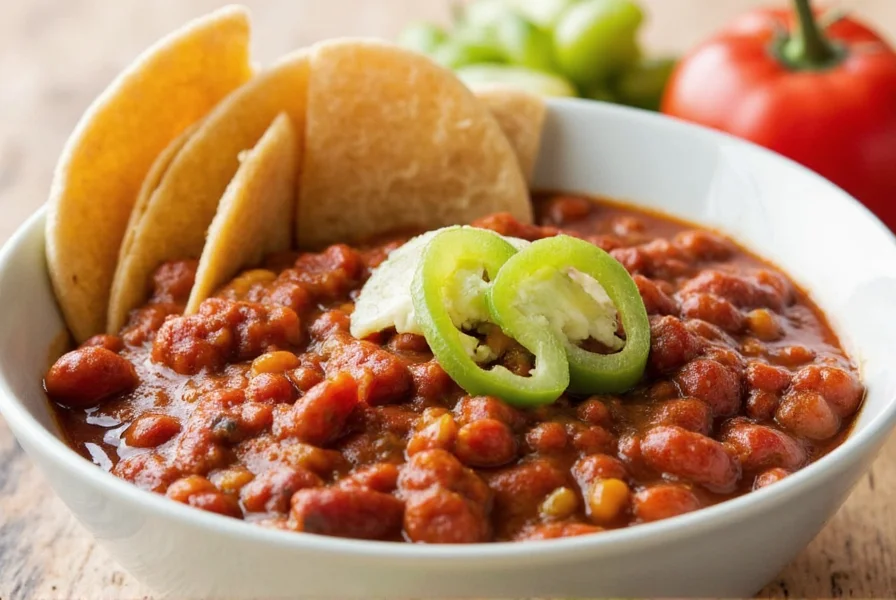
2. Authentic Carne Asada
Marinate with authentic Mexican oregano (Lippia graveolens), not Mediterranean varieties. Use COFEPRIS-certified dried chilies for heat and traditional citrus juices. The key is using whole spices ground fresh for the marinade.
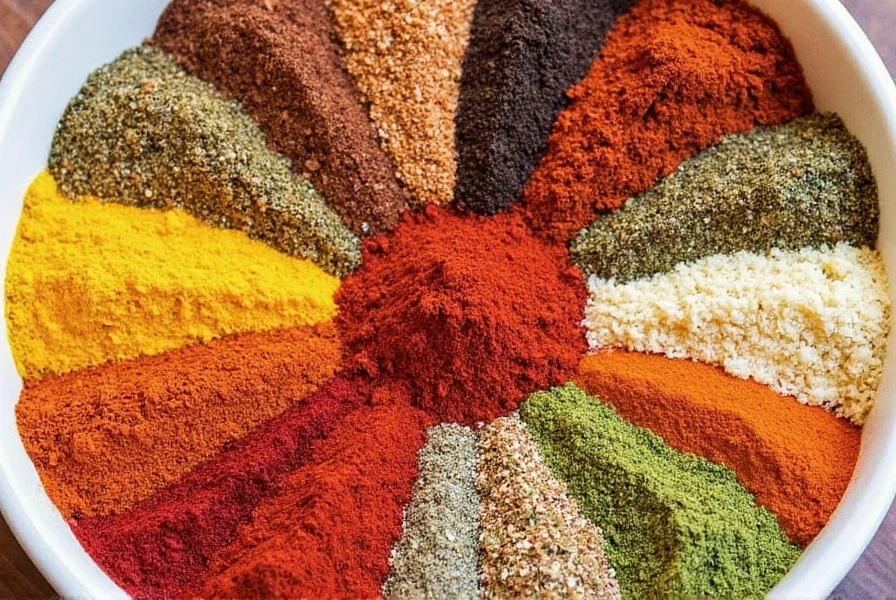
3. Chipotle Adobo Sauce
Authentic versions use smoked jalapeños from Puebla with COFEPRIS certification. The sauce requires specific smoking techniques and no artificial smoke flavoring. Authentic chipotle has deep, smoky notes without chemical aftertaste.
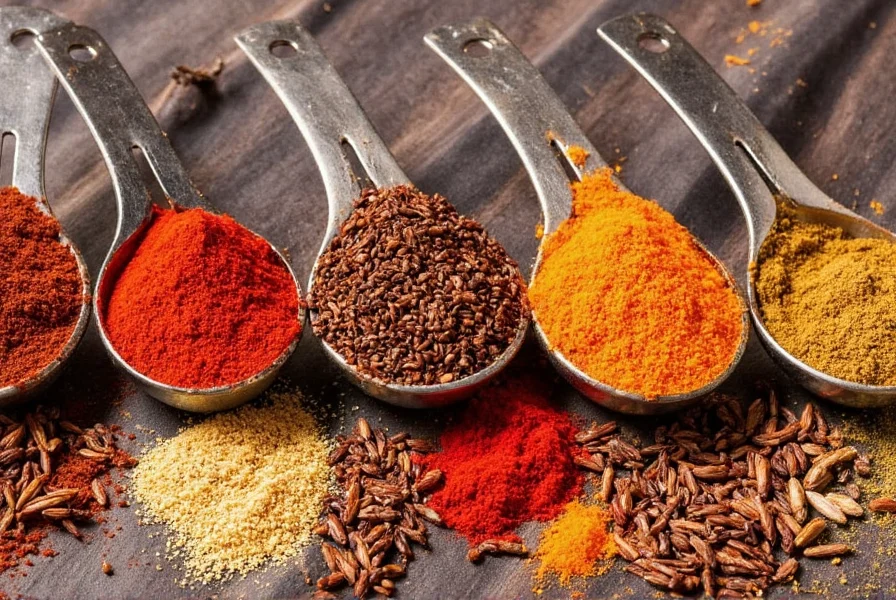
Frequently Asked Questions About Authentic Mexican Spices
How can I verify if Mexican spices are truly authentic?
Check for COFEPRIS certification numbers on packaging and verify them at the official COFEPRIS website. Authentic products must display "Hecho en México" with specific region of origin (e.g., Oaxaca, Puebla) and list only the spice itself without additives. Reputable retailers will provide batch numbers for traceability.
What are common signs of counterfeit Mexican spices?
Counterfeit products typically: 1) Have vague labeling like "Made in USA" or "Product of Mexico" without specific region, 2) Lack COFEPRIS certification numbers, 3) Contain fillers like wheat flour or rice powder, 4) Have unnaturally bright colors, 5) Are priced significantly lower than authentic versions (often 30-50% cheaper), and 6) Use generic "Mexican-style" branding instead of specific producer names.
What's the difference between Mexican oregano and regular oregano?
Mexican oregano (Lippia graveolens) is botanically distinct from Mediterranean oregano (Origanum vulgare). Authentic Mexican oregano has citrusy, floral notes with subtle mint undertones, while Mediterranean varieties are earthier and more bitter. Mexican oregano is essential for authentic mole and salsas, and holds up better to long cooking times. Always look for "Mexican oregano" on labels and verify COFEPRIS certification.
Which Mexican spices should every home cook have in their pantry?
For authentic Mexican cooking, essential verified spices include: 1) COFEPRIS-certified dried ancho chilies (Oaxaca region), 2) Whole guajillo chilies (Puebla), 3) Freshly ground cumin (Zacatecas), 4) Mexican oregano (Lippia graveolens), 5) Achiote paste (Yucatán), and 6) Chipotle peppers in adobo (Puebla). Always purchase from retailers that provide traceable certification numbers.
How should I store authentic Mexican spices to maintain freshness?
Store whole spices in airtight glass containers away from light, heat, and moisture. Keep them in a cool, dark cupboard (not above the stove). For dried chilies, store in the freezer for up to 2 years. Ground spices lose potency faster - use within 6 months. Never store near dishwashers or sinks where humidity fluctuates. Authentic brands typically provide specific storage instructions on packaging based on COFEPRIS standards.
Can I substitute regular spices for authentic Mexican ones?
Substitutions compromise authenticity. For example: 1) Regular oregano is 30% stronger and more bitter than Mexican oregano - use half the amount if substituting, 2) Spanish paprika lacks the complex smoky notes of authentic chipotle, 3) Generic cumin has different terroir and flavor profile than Zacatecas-grown cumin, 4) For authentic mole, there is no substitute for properly sourced ancho chilies. Authentic Mexican spices are defined by their specific regional production methods - substitutions will not deliver the intended cultural flavor profile.
Conclusion
Authentic Mexican spices are defined by strict regulatory standards and traditional production methods that preserve cultural heritage. By verifying COFEPRIS certifications, understanding regional variations, and purchasing from trusted sources, you can ensure genuine flavor experiences in your cooking. These spices represent more than just ingredients - they're a connection to Mexico's culinary history and identity. Start your authentic journey today by checking for certification numbers before purchasing.
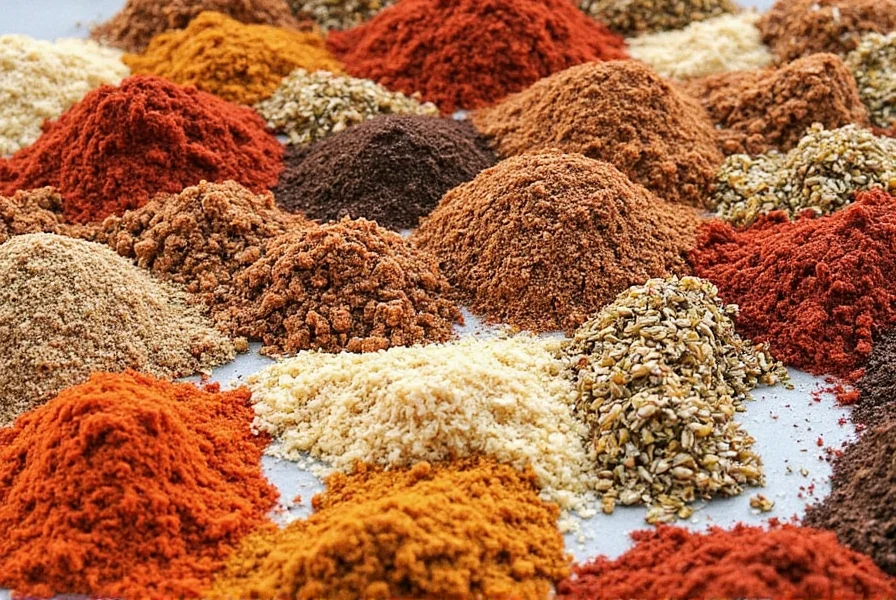

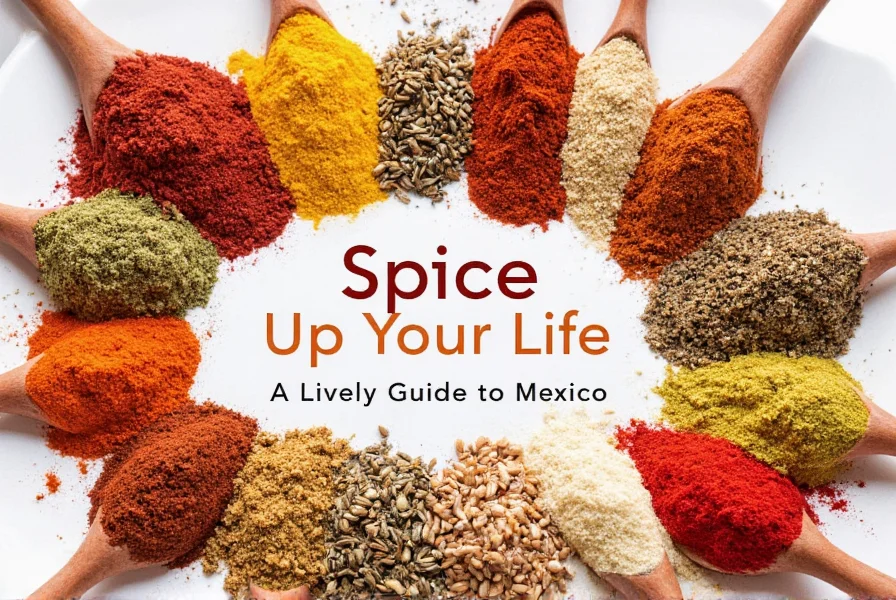









 浙公网安备
33010002000092号
浙公网安备
33010002000092号 浙B2-20120091-4
浙B2-20120091-4